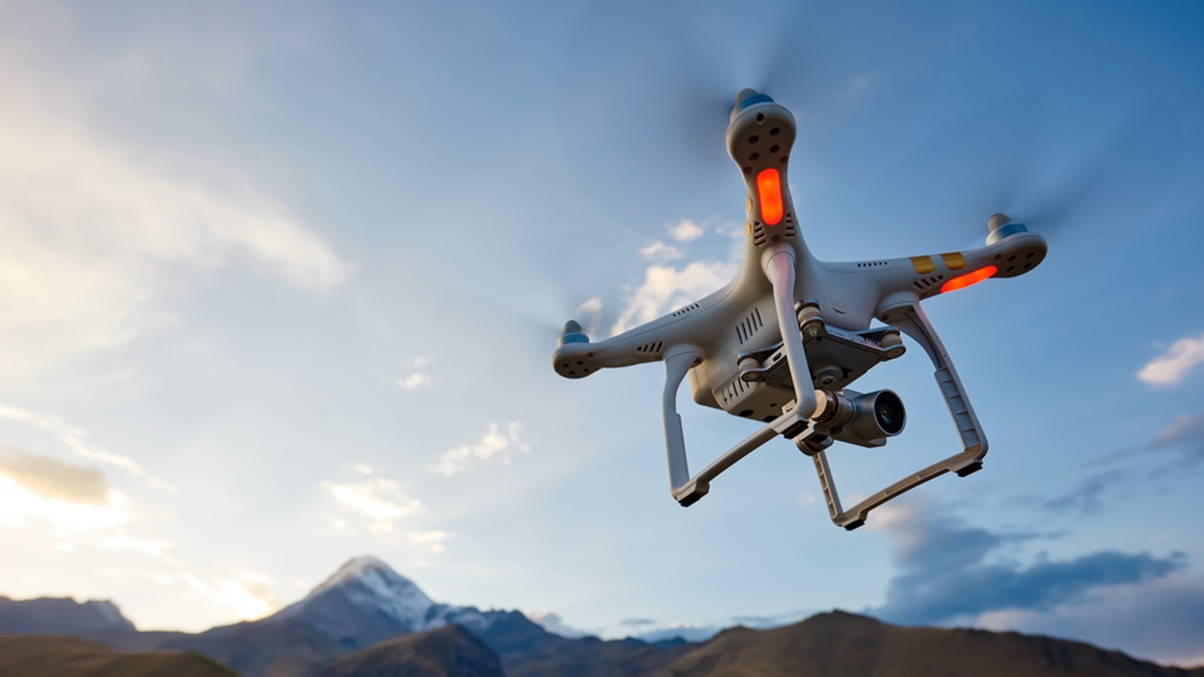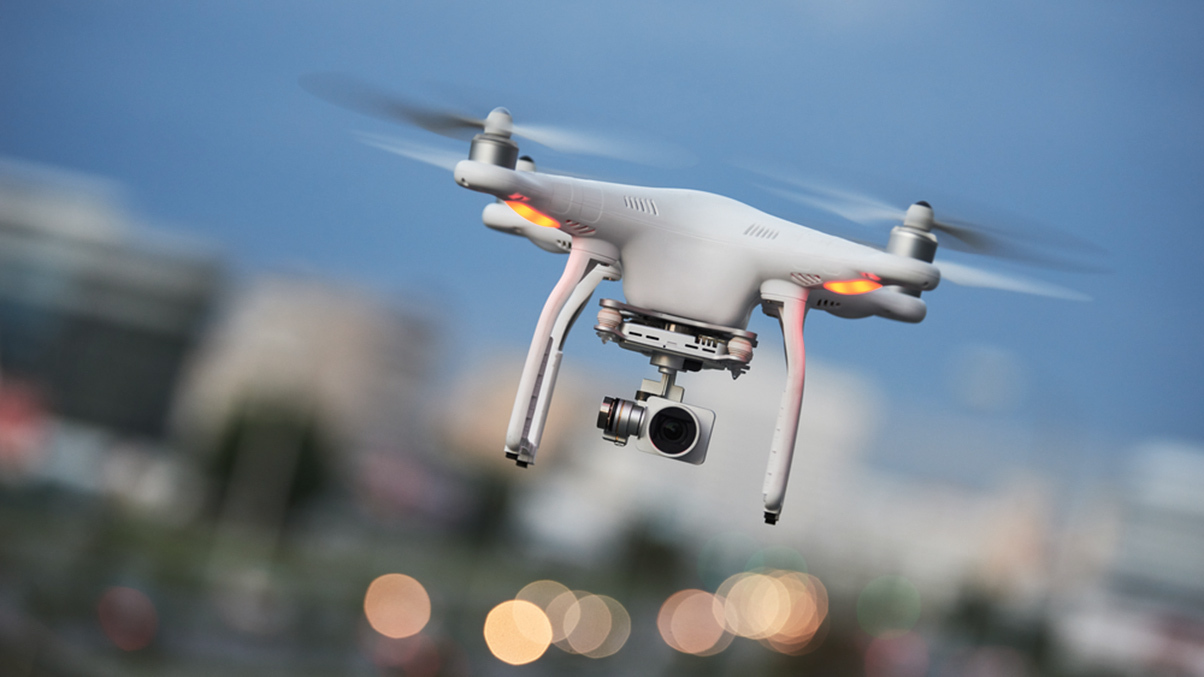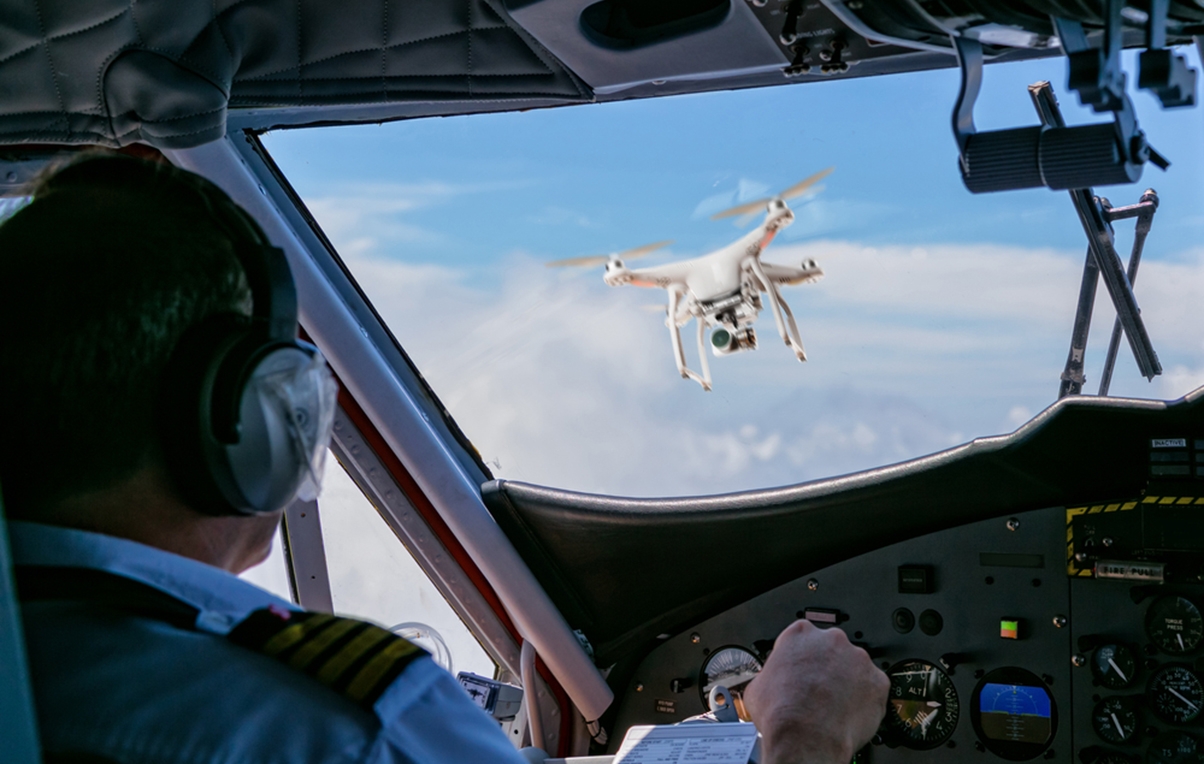Aviation Partner Peter Neenan has contributed to the latest edition of Lexology Getting the Deal Through (GTDT) – Drone Regulation 2022.
Read on for the first section of the UK chapter – you can read the full text here (registration required).
What basic rules govern the operation of remotely piloted aircraft and unmanned aircraft (drones) in your jurisdiction? Which regulatory bodies are charged with enforcing these rules?
The Air Navigation Order 2016 (SI 2016/765) (ANO) is the primary national regulation governing the operation of remotely piloted aircraft and drones in the UK. It has been amended by Air Navigation (Amendment) Orders 2017/1112, 2018/623, 2018/1160, 2019/261 and 2020/1555.
Given the UK’s departure from the EU on 31 December 2020 following Brexit, the UK has ‘retained EU law’ pursuant to section 3(1) of the European Union (Withdrawal) Act 2018 (SI 2018/16). In relation to drones, this consists of the Basic Regulation (Regulation (EU) 2018/1139) as amended by the Aviation Safety (Amendment etc) (EU Exit) Regulations 2019 (SI 2019/645); the European Union Unmanned Aircraft Systems Implementing Regulation 2019/947 (UAS IR 2019/947) as amended by 2020/639, 2020/746 and the Unmanned Aircraft (Amendment) (EU Exit) Regulations 2020 (SI 2020/1593) (UAS Implementing Regulation); and the Unmanned Aircraft Systems Delegated Regulation 2019/945 (UAS DR 2019/945) as amended by 2020/1058 and the Unmanned Aircraft (Amendment) (EU Exit) Regulations 2020 (SI 2020/1593) (UAS Delegated Regulation).
The UAS Implementing Regulation and UAS Delegated Regulation are together considered as the ‘UAS Regulations’. Where there is overlap between the ANO and the UAS Regulations, the UAS Regulations will always take precedence.
The ANO includes specific rules governing drone operation in the UK. The UAS Regulations split operation of drones into three categories based on an operation-centric, proportionate, risk- and performance based framework: open (lowest risk), specific (medium risk) and certified (highest risk).
The full provisions of the ANO now only apply to ’unmanned aircraft subject to certification’ (revised article 23(1)(c)). An unmanned aircraft subject to certification is an unmanned aircraft forming part of an unmanned aircraft system, the design, production and maintenance of which meets the following conditions:
- it has a characteristic dimension of 3m or more, and is designed to be operated over assemblies of people;
- it is designed for transporting people; and
- it is designed for the purposes of transporting dangerous goods and requiring a high level of robustness to mitigate the risk for third parties in case of accident (article 2 ANO; article 40(1)(a)-(c) UAS Delegated Regulation).
Where an operation falls within the Open category (requirements at article 4 UAS Implementing Regulation), no prior authorisation is required before flight. Where an operation falls within the Specific category (article 5 UAS Implementing Regulation; essentially if it does not meet one or more requirements in article 4 to be classed as Open), an operational authorisation is required.
The Civil Aviation Authority (CAA) is the independent statutory authority responsible for regulating civil aircraft in the UK, including drones, and is charged with enforcing these rules and granting operational authorisation.
What are the penalties for non-compliance with the laws and regulations governing drones?
In accordance with article 265 of the ANO (offences and penalties), the following penalties apply for non-compliance with the following regulations governing drones:
- for non-compliance with ANO provisions specified in Part 2 of Schedule 13 (including, eg, permission for flights over or near aerodromes), a person is liable on summary conviction to a fine not exceeding level 4 on the standard scale (currently £2,500); and
- for non-compliance with ANO provisions specified in Part 3 of Schedule 13 (including, eg, endangering the safety of any person or property), a person is punishable on summary conviction to a fine or on conviction to a fine or by imprisonment for a term not exceeding two years, or both.
Furthermore, new articles introduced in the latest ANO amendment provides the following:
- Articles 265A and 265B sets out the UAS regulation offences of the drone operator and remote pilot respectively. Article 265C sets out the offence where a non-registered drone is flown, in which case the owner the party who has committed the offence.
- Article 265F sets out the penalties for the offences committed under articles 265A – 265E, which are set out using penalty levels that reflect the levels of fines set at Schedule 13 of the ANO:
-
- for Level 2 (minor administrative offences), the fine is up to £500;
- for Level 3 (other administrative offences), the fine is up to £1,000; and
- for Level 4 (operational and in-flight offences), the fine is up to £2,500.
Is there any distinction between public and private drones, as well as between leisure use and commercial use?
As of 31 December 2020, the distinction between commercial and non-commercial operation of drones is no longer applicable, as is any distinction between public and private drones. However, any drone for public transport would fall within the certified category (article 6(1)(b) (ii) UAS Implementing Regulation) and be subject to the full rules of the ANO (article 2 ANO; article 40(1)(a)-(c) UAS Delegated Regulation).
Is there a weight-based classification system for drones resulting in the application of different rules?
The UAS Regulations now set out three different categories of drone operation: Open, Specific and Certified. While maximum take-off mass (MTOM) is a factor in the categorisation, it is not the sole factor.
The Open category is for drones with a MTOM up to 25kg considered as low-risk operations. The category is then subdivided (Part A Annex UAS Implementing Regulation) into A1 (drones marked C0, with a MTOM less that 250g or marked C1 and operated with an active and updated direct remote identification system and geo-awareness function, flying over people but not over assemblies of people performed by a remote pilot who has passed an online test and holds a flyer ID), A2 (drones marked C2 flying at least 30m from people and not over people performed by a remote pilot who has passed an online test and holds a flyer ID), and A3 (drones marked C4, with a MTOM under 25kg or marked C2 or C3 and operated with an active and updated direct remote identification system and geo-awareness function, flown at least 150m from residential, commercial or industrial areas by a remote pilot who has passed an online test and holds a flyer ID).
Rules applying to the whole Open category include flying at a maximum height of 120m, keeping within the visual line of sight (VLOS) no dropping of articles and no carriage of goods. For all three subcategories within the Open category, there must be no flying within restricted airspace without relevant permission.
The Specific category relates to more complex operations and requires an operational authorisation. An operation does not fall into the Specific category solely because of MTOM but rather because the operation does not meet one or more of the requirements for it to be classed as an Open category operation (article 5 UAS Implementing Regulation).
The Certified category relates to complex operations which present an equivalent risk to that of manned aviation. This category requires the use of a certified UAS, an operator and a licensed remote pilot.
Is there any distinction between completely autonomous drones and remotely piloted drones?
In accordance with the CAA’s guidance, there are currently no unmanned aircraft systems that meet the definition of completely autonomous, (ie, ‘freedom from external control or influence’). There are drone systems that could be classed as highly automated (meaning that the drone system requires human operator inputs but can action those inputs without further human interaction) and high authority automated systems (meaning that the drone system can evaluate data, select a course of action and implement the action without the need for human interaction).
However, such highly automated systems only control certain defined aspects of the drone’s behaviour (eg, engine control systems). A completely autonomous drone will do everything for itself using highly automated systems.
All current drone operational standards have an inherent assumption that a competent human is able to intervene and take control. It is anticipated that for the foreseeable future, this human intervention facility will still be required by the CAA.
Reproduced with permission from Law Business Research Ltd. This article was first published in Lexology GTDT – Drone Regulation 2022. For further information, click here.
You can find further information regarding our expertise, experience and team on our Aviation pages.
If you require assistance from our team, please contact us.
Subscribe – In order to receive our news straight to your inbox, subscribe here. Our newsletters are sent no more than once a month.






